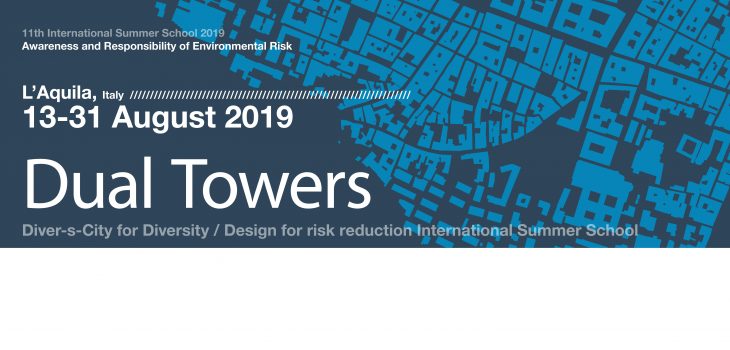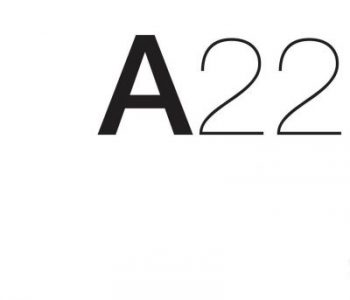
AWARENESS & RESPONSIBILITY OF ENVIRONMENTAL RISK
INTERNATIONAL SUMMER SCHOOL / 13-31 AUGUST, 2019
Now in its eleventh edition, the School started in 2008. It is dedicated to graduate students and graduates in architecture, urban design, planning, engineering, geography, geology, sociology, environmental studies as well as business and political science.
The school gives an opportunity to argue on design and environmental risk factors along with their management. While working on a case study, students will be guided and supported by an international and multidisciplinary team of experts and tutors.
The idea of the school derives from the believe that awareness shall not be left aside by knowledge: to analyse, elaborate, reason, decide and act, knowledge is an essential scientific presupposition. To choose deliberately “what, where, why, when, for whom, and how” we design is the basis of any design process.
Pre-disaster planning and design are intrinsic to risk preparedness and risk mitigation. As a result, so is „charting the path” (Harvey, 1973) or mapping possible scenarios of social and spatial transformation of the urban areas, with „understanding the nature of contemporary patterns of urban restructuring, and then, on that basis, analysing their implications for actions” (Brenner, Marcuse, Mayer, 2017) being the very first step. It seems impossible to re-build cities and villages in safer areas and displace entire communities. Hence, integrated programs and evacuation plans that have been applied so far, were and are based on soft rather than hard measures. Unfortunately, as far as high risk areas among which coastal ones are concerned, some extreme measures must be introduced, too, in order to protect people from natural hazards.
Among the lessons learned from the 2011 great Tōhoku earthquake and tsunami, there is the one regarding anti-tsunami towers and buildings — a desperate measure to be applied when alternatives are lacking or all other measures fail. Is it possible, however, to build them without ruing the landscape? To avoid them turning into a sort of unfinished, obsolete version of Follies designed by Bernard Tschumi for the La Villete park in Paris in the 1980s? Is it possible to turn areas of low density and even lower quality into areas of both high density and high quality? High and high-rise buildings are controversial and questionable a solution in the areas of high seismic risk, in both pre- and post-disaster context. The city of L’Aquila where the school will take place is a good example — being rebuilt as it was, where it was, with only slightly a chance of not making all the same mistakes again. This summer school will be an opportunity to face the above-mentioned dilemmas under the supervision of experts in various fields among which meteorology, structural and hydraulic engineering, urban planning, architecture, and psychology.
YOUNG RESEARCHERS’ ROUND TABLE
INTERNATIONAL SCIENTIFIC CONFERENCE / 31 AUGUST, 2019
We invite doctoral students, postdoctoral scholars and junior researchers intended an open forum where participants can discuss their interests, work, and plans. There isn’t any thesis to agree or disagree with apart from general keywords of awareness, responsibility, environment, environmental risk, vulnerability, resilience and the general topic of the school to which the conference is the tribute, no rigid formula but a space where young researchers who share a common future can meet.
Detailed programme will be published soon. For more info, please contact Anna Porębska (anna.porebska@pk.edu.pl) or Martina Sciomenta (martina.sciomenta@univaq.it).
